BIPV Builds Trust of Architects
Integrated design for new buildings allows for the most comprehensive approach in utilizing solar energy in a building energy mix.
Revising functionality and appearance of existing buildings is an effective way to use solar applications in combination with re-cladding the existing buildings.
Until recently one of the main barriers to the spread of BIPV systems was the high cost. On the other hand, the drastic cost drop of PV over recent years has decreased BIPV prices leading to cost competitiveness with standard building materials. It is thus essential to build trust of architects and investors by showing business cases and new BIPV reality and possibilities.
Photovoltaic modules are considered to be building integrated if they represent a component of the building envelope providing a function as defined in the European Construction Product Regulation CPR 305/2011. Thus the building performance of the BIPV module is required for the integrity of the building’s functionality. Namely the challenge to optimally balance the aesthetical quality with the energy and electrical efficiency, reliability and safety is one of the drivers of innovation. International researches have already shown plenty of interesting examples of nice looking, conceptual, typological, constructive and aesthetical integration of PV in contemporary architecture as well as in existing built heritage. Undoubtedly PV is progressively becoming one of the “tools” of contemporary architecture, similarly to any other building material (such as wood, stone, brick, glass, etc.) or component (window, cladding, etc.).
Contemporary BIPV features:
- Aesthetics
- Durability and Reliability
- Size and shape variations
- Colour and texture variations
- Visible or invisible
- Technologies
- Transparency variations
- Modularity
- Easy mounting
- Lightweight
- Adaptability and Flexibility
- High efficiency and power variations
- Decreasing Costs
- Acceptable Rate of Return
- Sustainability

